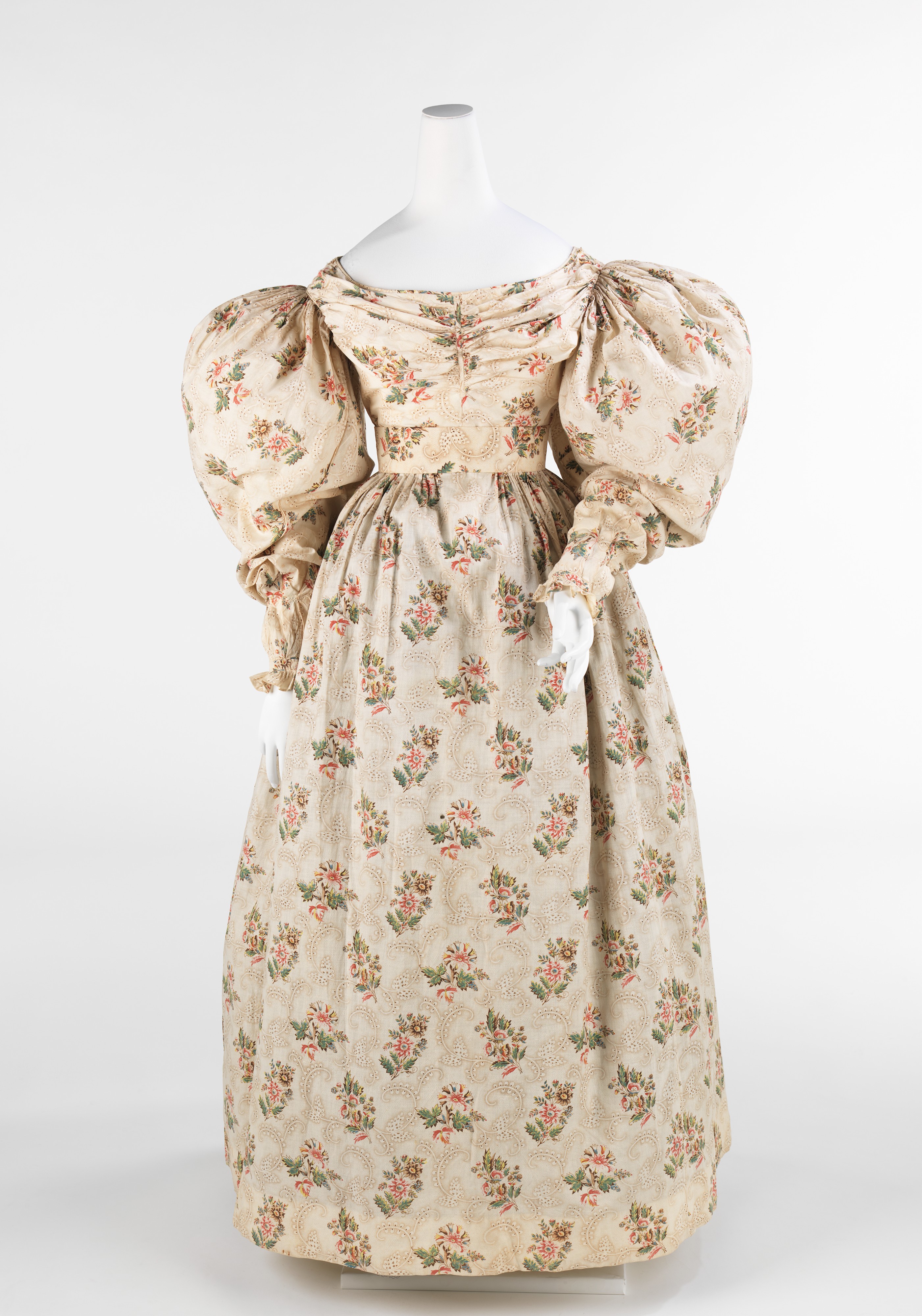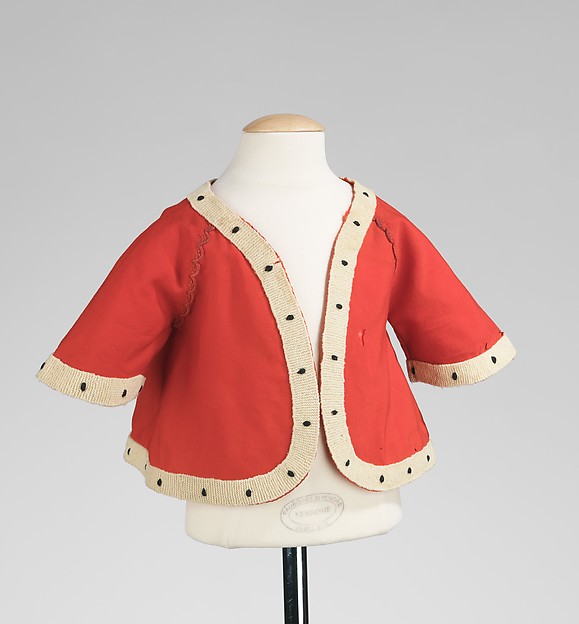Revisiting this recipe, I think it deserves its own post.
RED LIP SALVE. Mix together equal portions of the best suet and the best lard. There must be no salt about them. Boil slowly, and skim and stir the mixture. Then add a small thin bag of alkanet chips and, when it has coloured the mixture of a fine deep red, take it out. While cooling, stir in very hard sufficient rose or orange flower water to give it a fine perfume. A few drops of oil of rhodium will impart to it a very agreeable rose scent. --Miss Leslie's Lady's New Receipt Book (1850)
May I say that I love how Miss Leslie just gives the proportions instead of telling the reader to prepare several pounds of lip salve?
I previously made this salve with grocery-store (hydrogenated) lard and beef tallow. It technically calls for suet and "the best lard", so I also got fancy and used mutton suet with leaf lard. As previously noted, mutton suet and tallow tend to stink, but also to give firmer final products.
As before, I started a week in advance by chopping up the suet very fine, and picking out any non-fat 'bits'. I then set the suet to soak in water, which I changed every other day. When the suet smelled less like sheep, I drained it, weighed out 1/2 oz portion, and melted it together with 1/2 oz leaf lard. I added a generous pinch of alkanet (~ 1/2 tsp), removed it from the heat, stirred in 1/2 tsp of rosewater and strained out the alkanet and solid leftovers from the suet. This proved the trickiest part, as the solution started trying to set in the funnel as it was being strained. I think in the future, I could save myself a lot of trouble by putting the alkanet in a cloth bag, and by skimming the solids out while the mixture is being heated.
 |
| Red (pink) lip salve. |
The alkanet gave this salve a nice deep pink color, though I'm not sure I'd call it red. As it solidified, salve grew into a paler pink. It ended a lot softer than the other salves and pomatums I've made lately, which I'm attributing to the lack of wax/spermaceti in the recipe. The suet odor, unfortunately, has come through in this batch. I also discovered that some of the rosewater pooled under the surface, and leaked out when I attempted to use the salve.
Since I've made this recipe successfully before, I'm tempted to try again in the future--using tallow for the suet (less straining), rinsing it for two weeks instead of one, and reducing the amount of rosewater. On the other hand, I have a lot of other lip salve recipes that haven't had these problems.





















